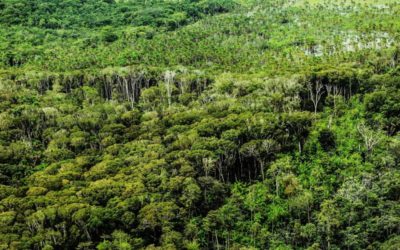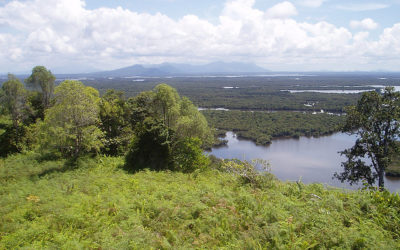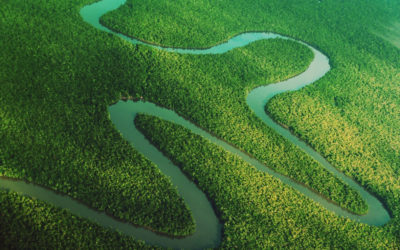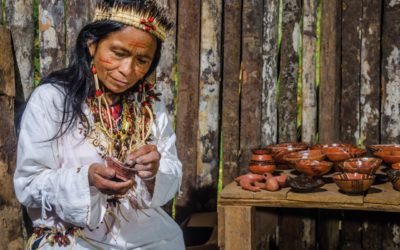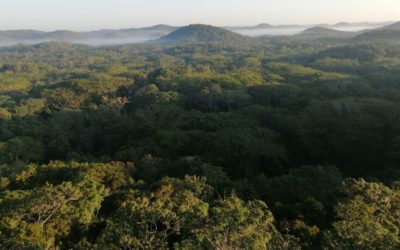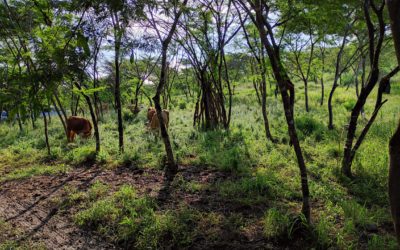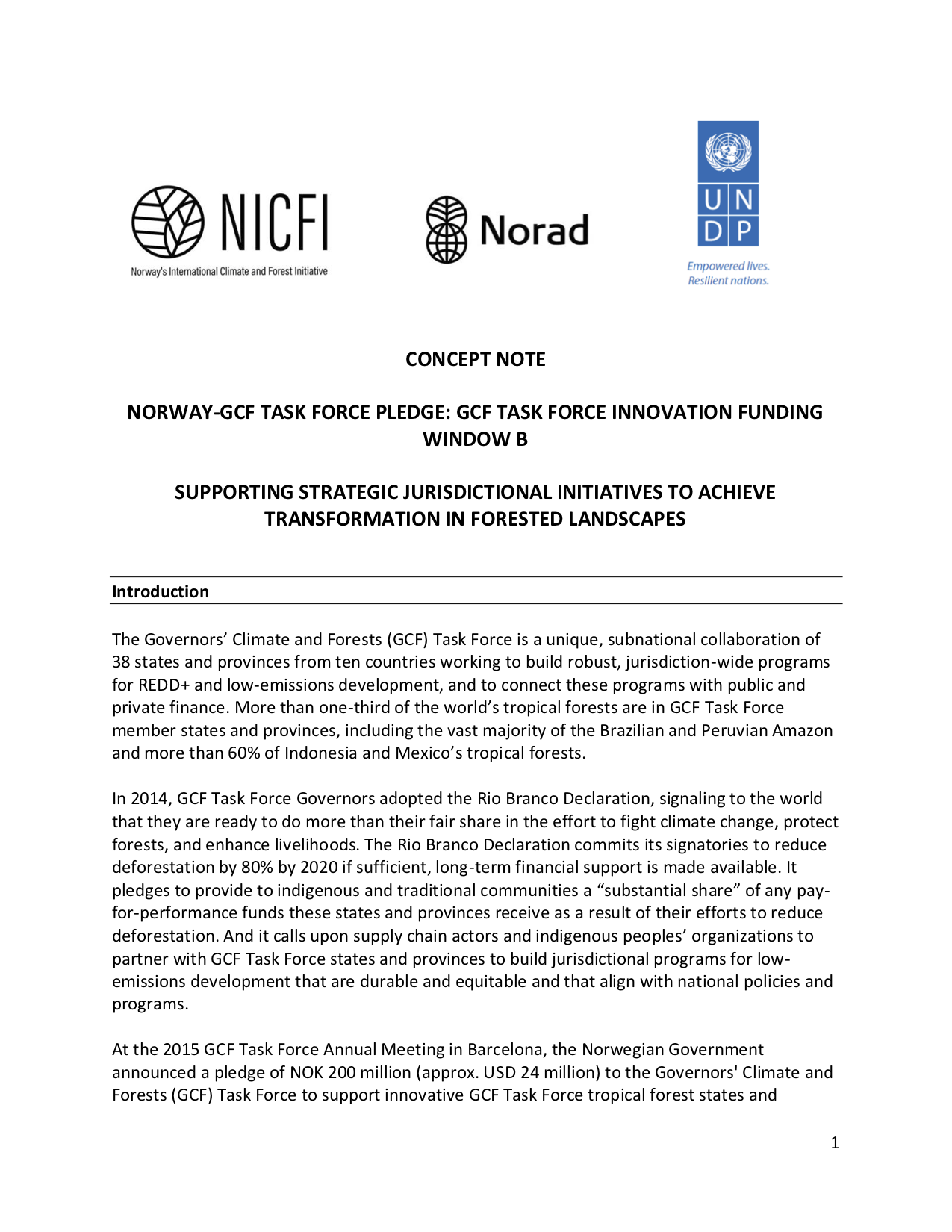Innovation Funding
New Forest Economy
At our annual meeting in 2022, the Governors’ Climate and Forests Task Force (GCFTF) released the Manaus Action Plan for a New Forest Economy (MAP) in which we called for partners to co-design innovative funding mechanisms for a long-term economic transformation in tropical jurisdictions. Building a New Forest Economy is one of the most important challenges of our time. This is critical for the climate. It is critical for biodiversity. And it is critical for the livelihoods and economic security of billions of people all over the world. Without a New Forest Economy—one that protects intact forests, restores degraded lands, and creates jobs and economic opportunities for the millions of people who live in these forests—the world’s tropical forests will not survive and entire regions will face ecological collapse.
We have continued to advance in this co-creation process and welcome you to check our New Forest Economy page to partner with the GCFTF on our New Forest Economy efforts!
And, see below for background on our earlier work through Norway’s Window B pledge to the GCFTF!
Window B of Norway’s Pledge to the Governors’ Climate and Forests Task Force
Encouraging innovative approaches to achieve transformation in forested landscapes.
The Innovation Funding window supports strategic jurisdictional initiatives to achieve transformations that accelerate and scale reduced deforestation in our member states and provinces. Window B support is directed at interventions that are identified in the GCFTF members’ jurisdictional strategies and investment plans completed under Window A.
Approximately USD 5 million is administered through the Innovation Funding Window based on a competitive selection process.
Learn more about the GCFTF Funding Innovation initiatives:
Regional Proposal, Brazil
The Brazil Regional proposal aims to support states in the Brazil Legal Amazon to access results-based financing opportunities using the ART/TREES standard, specifically in response to the recently launched $1bn public-private financing mechanism known as the Lowering...
West Kalimantan, Indonesia
From 2013 – 2018, West Kalimantan reduced deforestation by as much as 64% and now the Province is struggling to reduce emissions further, although it remains above the Ministry of Environment and Forestry’s benchmark for the jurisdiction. The Window B activities will...
Pará, Brazil
Under the state-level Amazônia Agora strategy, Pará sets a goal of contributing 6.6% of Brazil’s Nationally-Determined Contribution by 2025 and 9% by 2030, while also becoming a carbon-neutral territory by 2036 in terms of land-use and forest-based emissions. Window B...
Pastaza, Ecuador
Pastaza developed one of the most innovative implementing partnerships under Window A, through an alliance with the seven indigenous nationalities (Achuar, Shuar, Shiwiar, Sapara, Waorani, Kichwa y Andwa) who occupy 93% of the province’s territory. Pastaza is a...
Yucatán, Mexico
The national government has recognised the importance of Yucatán in forest conservation and carbon stocks, though the drivers of agricultural production have continued to an annual loss of 22,647 hectares (representing 1,360,080 tons of CO2 equivalent), which is a...
Jalisco, Mexico
Cattle production is a major driver of deforestation in the Mexican state of Jalisco. Between 2000 – 2015, the state lost 232,403 hectares of forest to the expansion of grazing. It is also an important driver of the economy – the state has the largest production in the country (almost 13% of the national total)…
Norway’s Pledge to the Governors’ Climate and Forests Task Force
At the 2015 GCFTF Annual Meeting in Barcelona, Spain, the Norwegian Government pledged NOK 200 million (approximately USD 24 million) to support our tropical forest states and provinces in their plans to implement the Rio Branco Declaration by reducing tropical deforestation and promoting low-emissions development. This funding was channeled directly to our members in two ways. All tropical forest members of the GCFTF joined with key civil society partners in their state or province to develop targeted jurisdictional strategies and investment plans for REDD+ and low-emissions development (Window A). We are also supporting a select group of bold, innovative approaches to address the drivers of deforestation at scale in key member states and provinces (Window B).
- Window A: Jurisdictional Strategies & Investment Plans
- Window B: Innovation Funding
Download the Pledge Framework (PDF)
Concept Note
Download the concept note in
The United Nations Development Programme (UNDP) administers and manages the Jurisdictional Strategies and Investment Plans (Window A) and Innovation Funding (Window B) through their Climate and Forests Team in Geneva, in close collaboration with the GCFTF Secretariat, Regional Coordinators, and civil society partners in each member state or province.


